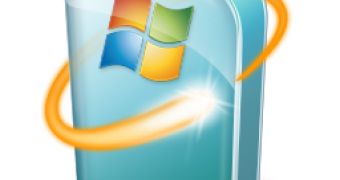Microsoft has released the latest set of Daylight Saving Time and Time Zone updates for both Windows client and server operating systems, including Windows XP Service Pack 3 and Windows Vista Service Pack 1. The releases have already been available via the Microsoft Download Center since the beginning of July 2008, and now the company is gearing up for the next stage in their delivery. The "August 2008 cumulative time zone update for Microsoft Windows operating systems" will start being served via Windows Update as of next week.
"At Microsoft, we have processes to track changes to daylight saving time (DST) and time zone (TZ) around the world, and we provide updates to Windows and other products. The most recent cumulative packages for Windows have now been released to the Download Center for supported versions of XP, Window Server 2003, Vista and Server 2008. I expect that the above packages will be pushed out on Windows Update beginning next week as a part of the normal update process for Windows," explained Mthree Sweatt, chief of staff of the Windows Core Operating System Division (COSD) at Microsoft.
Microsoft indicated that update KB951072 is designed to replace KB942763, which was released in December 2007. KB951072 is in fact superseding the previous Daylight Saving Time and Time Zone update. According to the Redmond company end users will receive the updates automatically. IT professionals and system administrators however, are advised to take an active role into spreading the updates through the infrastructures they are managing.
"Product teams are moving to a semi-annual update cadence, following the Windows regular cadence for publishing newly legislated DST rules and time zone updates. These semi-annual "Cumulative DST and Time Zone Updates" will be released in November/ December (to the Download Centre and via Windows Update respectively) for the coming calendar year, and we'll also provide for a semi-annual update in the July/August timeframe when needed. For each, the window closes for additional updates a few months (generally four to six) prior to the release date. Our goal is that sysadmins and IT Pros can plan on rolling out and installing/ deploying these cumulative update roll-ups as they are published," Sweatt added.

 14 DAY TRIAL //
14 DAY TRIAL //